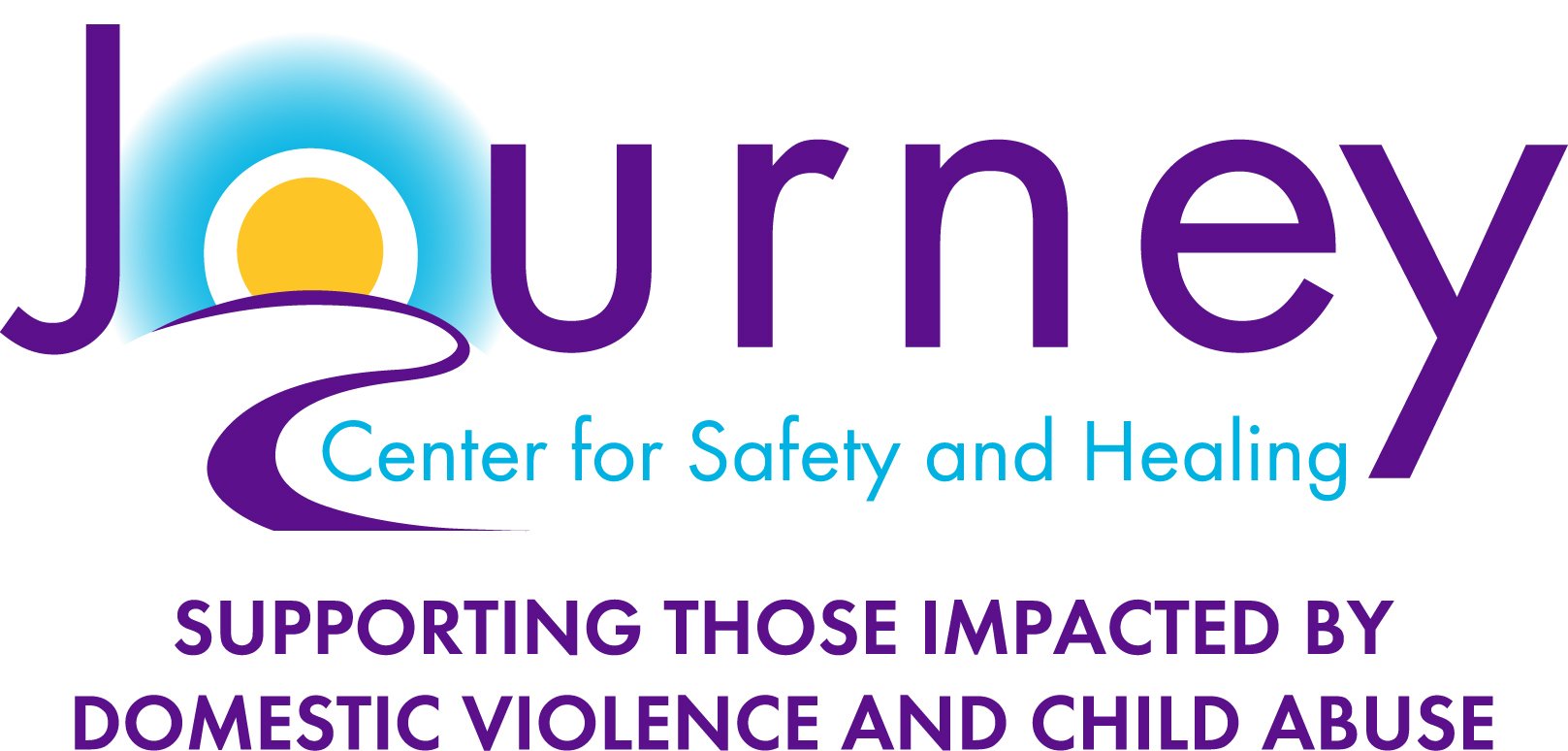Let's Talk: Types of Abuse
When people think of domestic violence, they imagine a situation where the abusive partner causes physical injury to their intimate partner. However, physical harm is only one form of domestic violence. There are several categories of abusive behavior, each of which has its own consequences. Understanding the different types of domestic abuse can help someone experiencing abuse understand their relationship and take steps to stay safe in the future.
Verbal/Emotional Abuse
Verbal/Emotional abuse is any non-physical behavior an abusive partner says or does that manipulates or controls your feelings and/or behaviors that make you afraid and causes harm. Verbal & Emotional abuse may include:
Name calling and/or putdowns
Constant criticism
Yelling and/or screaming
Threats to harm their partner, themselves, their friends or loved ones, pets, etc.
Withholding affection or giving the silent treatment
Controlling what their partner wears (clothing, makeup, hairstyles, etc.)
Constant monitoring - where their partner goes, who they talk to, or who they spend time with
Gaslighting
Isolation from friends and/or family
Telling their partner that they deserve the abuse/to be mistreated and/or that they do not deserve love
A partner who uses verbal/emotional abuse does so in order to control their partner by discrediting, isolating, and silencing them.
Financial Abuse
Financial abuse is the use of finances or resources by one partner against the other. Financial abuse may include:
Taking their partner’s money or paycheck
Not allowing their partner to work or forcing their partner to quit or lose their job
Giving an allowance and/or closely watching how their partner spends money
Refusing to give money for necessities and/or shared expenses (food, clothing, transportation, medical care, etc.)
Preventing their partner from accessing money and/or bank accounts
Stealing money from one partner and/or their loved ones
Ruining a their partner’s credit
Withholding insurance cards, threatening to cancel insurance, and/or preventing their partner from seeking medical services (including therapy)
By using or misusing their partner’s money without their permission, the abuser controls their partner’s actions and freedom and further isolates them and puts up roadblocks to leaving and seeking services.
Digital Abuse
Digital abuse is the misuse of technology to bully, harass, stalk, or intimidate a partner. Digital abuse may include:
Sending threats via text, social media, or email
Stalking social media accounts and/or internet usage
Tracking their partner’s location through social media or other apps
Logging into social media or email accounts without permission
Constant calls and/or texts to their partner to “check in”
Forcing their partner to share passwords and account information
Monitoring their partner’s activity on their phone, computers, and other devices
It’s important to recognize that it is not the technology that causes the abuse but is the abuser misusing technology. Online services and social media should be open and safe for everyone to use.
Physical Abuse
Physical abuse is any intentional, unwanted contact with your body by the abuser or an object within the abuser’s control - it does not have to leave a bruise or mark. Physical abuse may include:
Pushing, hitting, kicking, hair pulling, scratching , etc.
Throwing objects
Blocking entrances/exits
Using or threatening to use weapons against their partner (guns, knives, mace, other objects)
Choking/strangulation
Reckless driving or other behaviors such as abandoning their partner in specific places
Physical abuse is easier to recognize because it is harder to disguise, and often more overt than emotional abuse. Physical abuse may be an indicator that the level of abuse, and danger, has escalated for someone experiencing domestic violence.
Sexual Abuse
Sexual abuse is any action that an abuser uses to persuade, force, or coerce their partner to engage in sexual activity - for any reason. Sexual abuse may include:
Forced sex or rape
Coerced or unwanted sex
Controlling or disrupting birth control, or access to birth control
Manipulating or forcing their partner to have sex or perform sexual acts
Cheating or threatening to cheat
Forcing or persuading their partner to send inappropriate or unwanted photos
Forcing a partner to (not) have children or to get pregnant
Making their partner feel as though they have to do something because they are in a relationship
Sexual abuse is a difficult aspect of domestic violence to discuss and sometimes identify. It’s important to remember that everyone is allowed to say no, even in a relationship- everyone deserves to have their boundaries respected.
Remember, no one deserves to feel unsafe in their relationship or experience any form of abuse. If you or someone you know may be a victim of domestic violence, or if you recognize any of these warning signs, help is available.
We are always here for you when you need to talk. Call or text our 24-Hour Helpline: 216.391.4357 (HELP) or live chat.
#DVAMcle #DVAM2023 #Every1KnowsSome1
